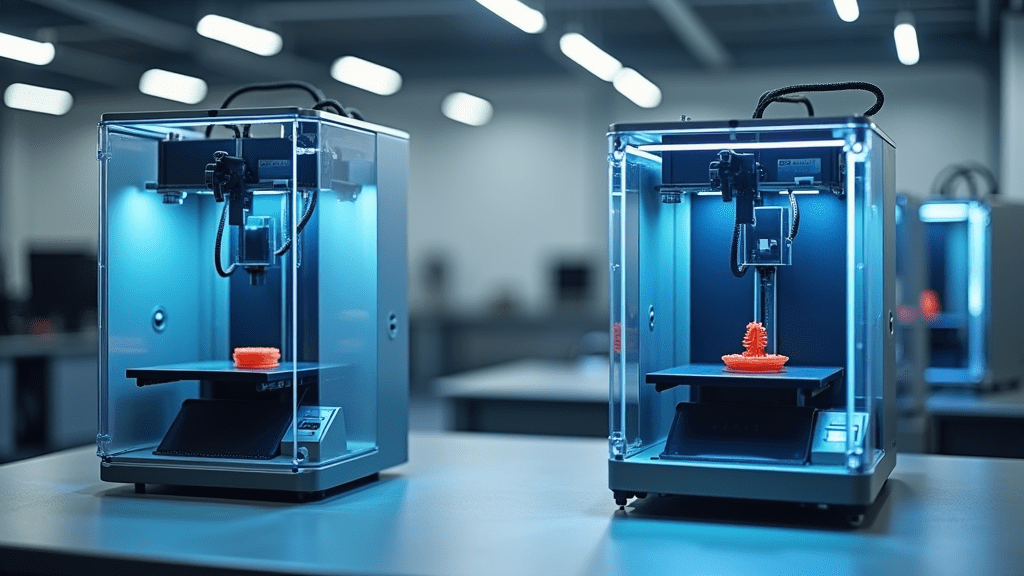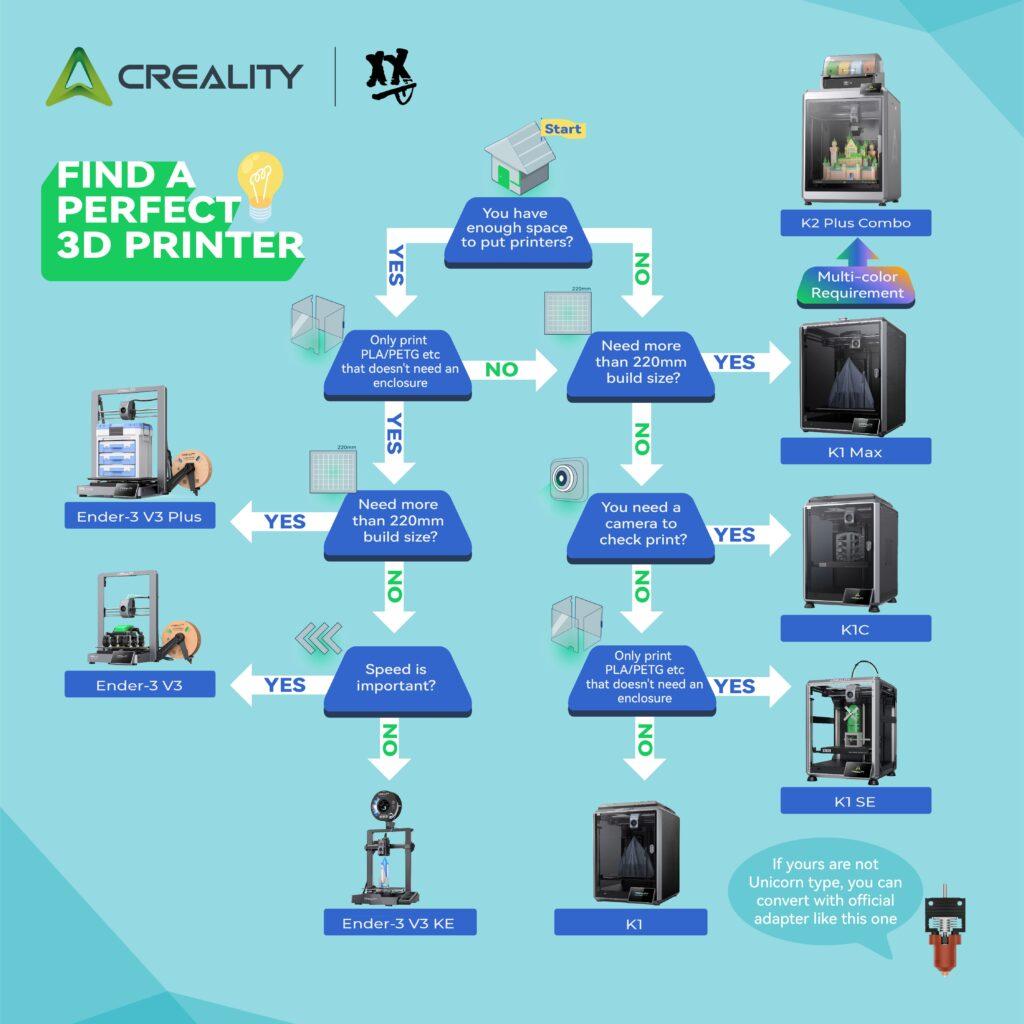
What if your wildest idea—no matter how abstract—could be transformed into a real object, with no technical expertise required? That’s the promise of AI in desktop 3D printing. Once the domain of hobbyists and tinkerers, this technology has matured into a powerful creative tool—reshaping industries and unlocking imagination like never before.
Over the past decade, desktop 3D printing has evolved from a niche pursuit into a transformative force. As adoption grows, so does the demand for greater precision, usability, and efficiency. Enter artificial intelligence (AI): a cutting-edge ally lifting desktop 3D printing to new heights. By simplifying complex processes and making advanced design tools more intuitive, AI empowers creators of all skill levels to bring their visions to life.
Smarter Design, Less Frustration
To appreciate the impact of AI, it helps to remember the hurdles of the past. Designing a 3D model once required mastery of intricate CAD software, and even then, misprints were common. The learning curve was steep, and trial-and-error could quickly sap time, patience, and resources.
Through machine learning and intelligent software, AI is now taking on the heavy lifting—streamlining design, predicting failures, and making 3D printing faster, smarter, and more accessible.
From Words to Objects: The Magic of Text-to-3D Modeling
One of the most exciting innovations is text-to-3D modeling. Imagine describing an object—“a sleek, modern chair with curved legs”—and watching a digital model appear in seconds. No CAD skills, no complex commands. Just imagine.
This technology removes technical barriers, opening the door to a wider audience. For creatives, educators, and entrepreneurs alike, it bridges the gap between concept and execution.
Designing for Durability: AI-Powered Optimization
AI doesn’t just generate models—it refines them. Smart algorithms can scan a design for weak points and recommend structural improvements, such as reinforcing specific areas or adjusting the choice of material. These tweaks help ensure the final product is both functional and long-lasting.
What once required deep engineering knowledge is now accessible with a few clicks, making high-quality output achievable even for beginners.
Printing, Perfected
In the past, dialing in the right print settings—speed, temperature, infill—meant lots of experimentation. AI is changing that. By analyzing previous prints and performance data, AI can fine-tune settings automatically to optimize quality and efficiency.
The result? Less trial-and-error, less material waste, and more time spent creating. It’s not just convenient—it’s cost-effective and more sustainable.
Real-World Impact Across Industries
AI-powered 3D printing isn’t just transforming home workshops. It’s revolutionizing industries.
In healthcare, doctors and researchers are designing and printing custom prosthetics, implants, and surgical guides tailored to individual patients—improving outcomes while reducing costs. In education, AI-driven 3D printing tools are helping students grasp complex STEM concepts by turning abstract ideas into tangible objects, sparking curiosity and deepening understanding.
A More Intuitive User Experience
The technology is improving, but so is the experience. Features like auto-calibration, real-time error detection, and guided feedback ensure that even novice users can achieve professional-grade results. If something goes wrong mid-print, AI can flag the issue and suggest a fix—turning potential frustration into a learning opportunity.
It’s not just about smarter machines; it’s about more confident users.
Challenges to Overcome
Of course, AI integration isn’t without its hurdles. The cost of advanced AI-powered software and hardware can still be a barrier for some. Compatibility issues between systems persist. And as cloud-based platforms grow, so do concerns about data privacy and intellectual property.
These challenges are real, but they’re also solvable, and innovation is moving quickly.
The Future Is Here—and It’s Collaborative
Looking ahead, the future of AI in 3D printing is bright. As algorithms grow more sophisticated, they’ll handle increasingly complex designs, broaden material compatibility, and further democratize access. Costs will fall, tools will improve, and creators will flourish.
Take Emily, a traditional sculptor who once found CAD software intimidating. After discovering an AI-powered 3D printing platform, she was able to describe her designs in simple language while the system handled the technical translation. Today, she fuses hand-crafted aesthetics with 3D precision to produce gallery-worthy pieces that celebrate both art and innovation.
For Emily, AI didn’t replace creativity—it amplified it.
A Smarter, More Creative Tomorrow
AI is revolutionizing desktop 3D printing by making it more accessible, efficient, and versatile. From hobbyists to hospitals, classrooms to studios, it’s unlocking new possibilities and redefining what’s possible.
We stand at the intersection of imagination and technology. And as these tools continue to evolve, the only real limit is how far we dare to dream.


